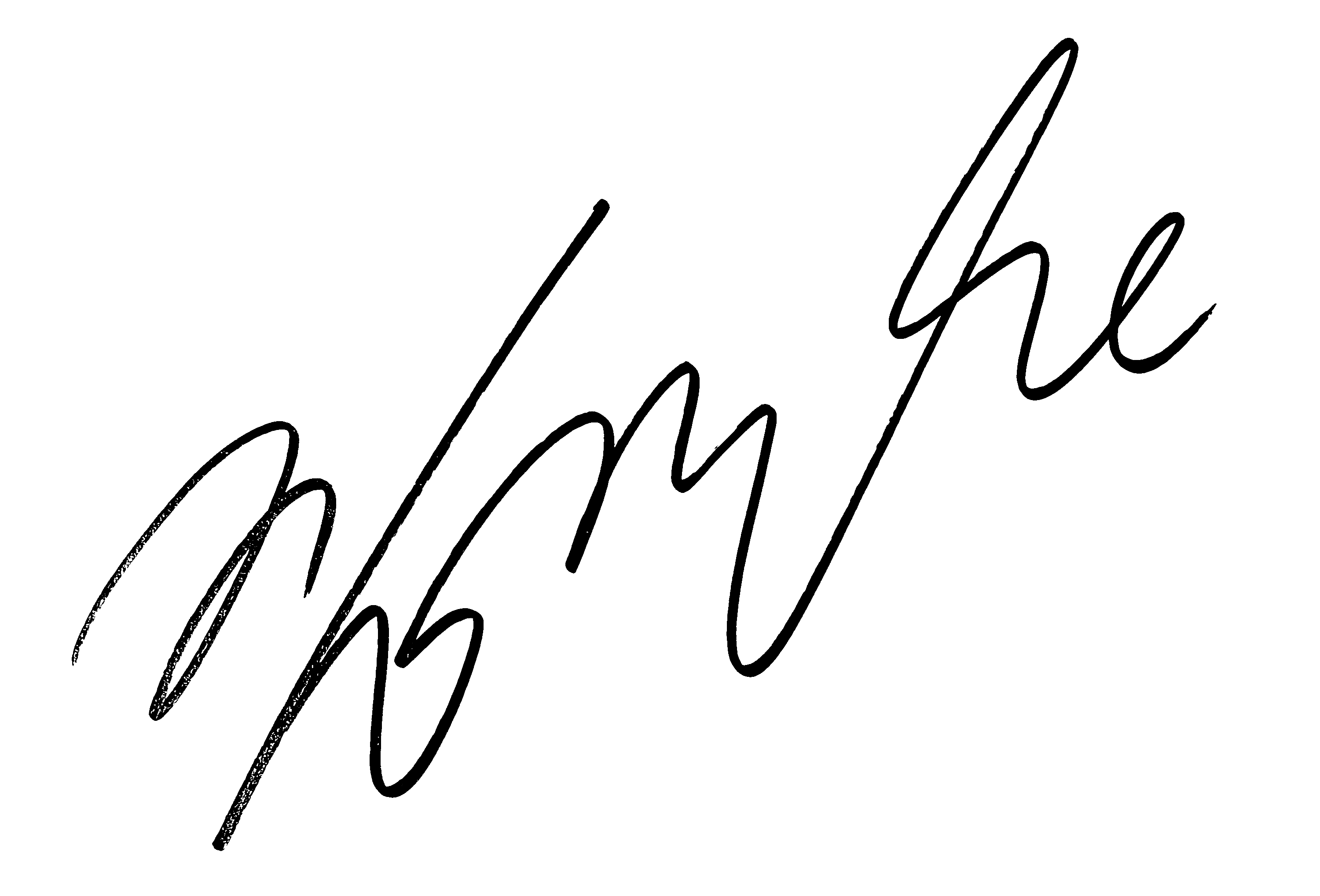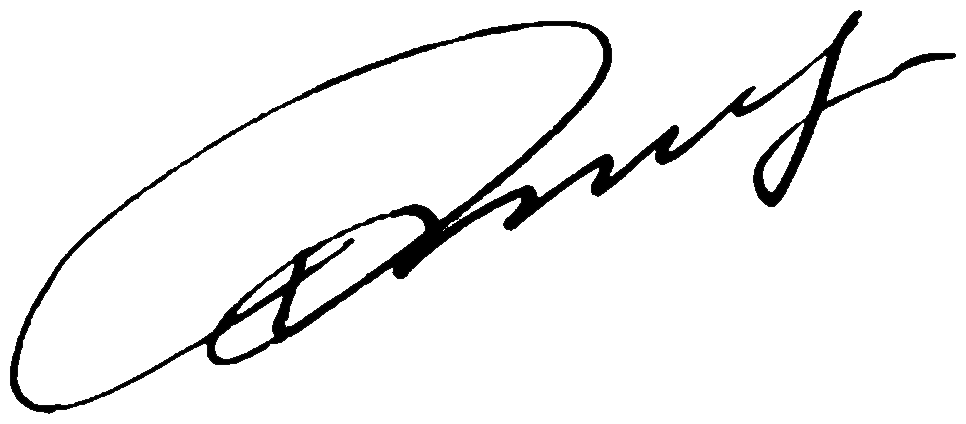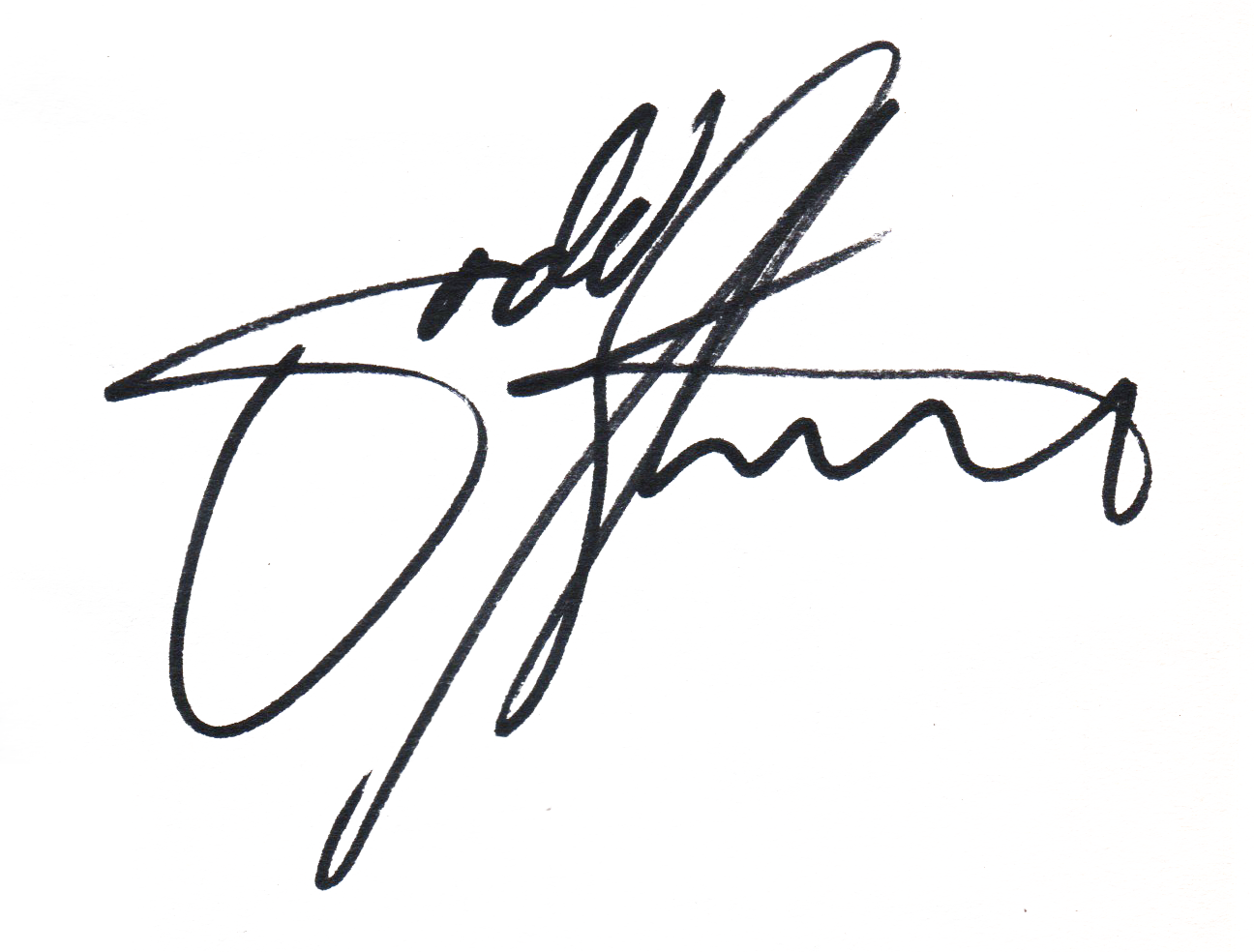Download top and best high-quality free Signature PNG Transparent Images backgrounds available in various sizes. To view the full PNG size resolution click on any of the below image thumbnail.
License Info: Creative Commons 4.0 BY-NC
A signature is a person’s name, written in a unique and distinctive way, that serves as a personal identifier. It is commonly used to signify agreement or authorization by the signer, to validate the authenticity and integrity of a document, or simply to add a personal touch to an otherwise impersonal communication.
Signatures have been used for centuries as a means of identification, dating back to the ancient civilizations of Greece and Rome. In those times, signatures were usually written in wax or clay tablets, and were used to seal important documents and treaties. Over time, signatures evolved to become a more advanced identification method, written on paper documents with pen and ink.
Types of Signatures
There are several types of signatures, including:
- Handwritten signature: This is the most common type of signature, written with a pen or pencil on paper.
- Electronic signature: This is a digital signature that is used to sign documents electronically. It is becoming increasingly popular in today’s digital world, and is often used in online agreements, contracts, and other legal documents.
- Stamped signature: This is a signature that is created using a stamp with a person’s name and/or title on it. It is commonly used in the business world for official documents.
- Photocopied signature: This is a signature that is created by photocopying an original signature onto a document. It is usually not considered as legally binding as a handwritten signature.
Regardless of the type of signature, the purpose of it remains the same – to identify the signer and to validate the authenticity and integrity of the document.
Creating a Signature
Creating a signature is a personal process, and everyone has their own unique way of signing their name. However, there are some guidelines that should be followed to create a clear and legible signature:
- Use your full name, or at least your first initial and last name.
- Be consistent with your signature – it should look the same each time you sign it.
- Make sure your signature is clear and legible, so that others can read it easily.
- Avoid using too many fancy or elaborate flourishes that may make your signature difficult to read.
It is also important to consider the context in which you will be using your signature. For example, a more formal or official document may require a more professional-looking signature, while a personal letter may allow for a more relaxed and informal signature.
Importance of Signatures
Signatures play a crucial role in many aspects of our lives, from legal documents and contracts to personal correspondence and greetings cards. Here are some reasons why signatures are important:
- Proof of identity: By signing a document, you are providing proof of your identity and that you are the person you claim to be.
- Legal validity: Signatures are often required on legal documents and contracts to make them legally binding.
- Authenticity: Signatures help to validate the authenticity and integrity of a document and to prevent fraud or tampering.
- Personal touch: Signatures add a personal touch to correspondence and can make a letter or card feel more meaningful and heartfelt.
Overall, signatures are an essential part of our daily lives, helping to provide proof of identity, validate the authenticity of a document, and add a personal touch to our communications. Whether you are signing a legal contract or simply writing a personal letter, your signature is a unique and important identifier that reflects who you are.
Download Signature PNG images transparent gallery
- Signature PNG Pic
Resolution: 1280 × 427
Size: 24 KB
Image Format: .png
Download
- Signature PNG Picture
Resolution: 599 × 360
Size: 23 KB
Image Format: .png
Download
- Signature PNG
Resolution: 1280 × 1280
Size: 45 KB
Image Format: .png
Download
- Signature Transparent
Resolution: 338 × 187
Size: 8 KB
Image Format: .png
Download
- Signature
Resolution: 1927 × 796
Size: 102 KB
Image Format: .png
Download
- Signature Background PNG
Resolution: 640 × 371
Size: 34 KB
Image Format: .png
Download
- Signature No Background
Resolution: 834 × 475
Size: 8 KB
Image Format: .png
Download
- Signature PNG Background
Resolution: 1376 × 855
Size: 53 KB
Image Format: .png
Download
- Signature PNG Clipart
Resolution: 2000 × 682
Size: 357 KB
Image Format: .png
Download
- Signature PNG Cutout
Resolution: 563 × 328
Size: 35 KB
Image Format: .png
Download
- Signature PNG File
Resolution: 2191 × 1019
Size: 86 KB
Image Format: .png
Download
- Signature PNG Free Image
Resolution: 2363 × 1216
Size: 77 KB
Image Format: .png
Download
- Signature PNG HD Image
Resolution: 3000 × 2036
Size: 111 KB
Image Format: .png
Download
- Signature PNG Image File
Resolution: 426 × 298
Size: 22 KB
Image Format: .png
Download
- Signature PNG Image HD
Resolution: 966 × 424
Size: 13 KB
Image Format: .png
Download
- Signature PNG Image
Resolution: 785 × 204
Size: 56 KB
Image Format: .png
Download
- Signature PNG Images HD
Resolution: 2880 × 1080
Size: 243 KB
Image Format: .png
Download
- Signature PNG Images
Resolution: 1280 × 1280
Size: 42 KB
Image Format: .png
Download
- Signature PNG Photo
Resolution: 1036 × 627
Size: 68 KB
Image Format: .png
Download
- Signature PNG Photos
Resolution: 1296 × 984
Size: 906 KB
Image Format: .png
Download



















